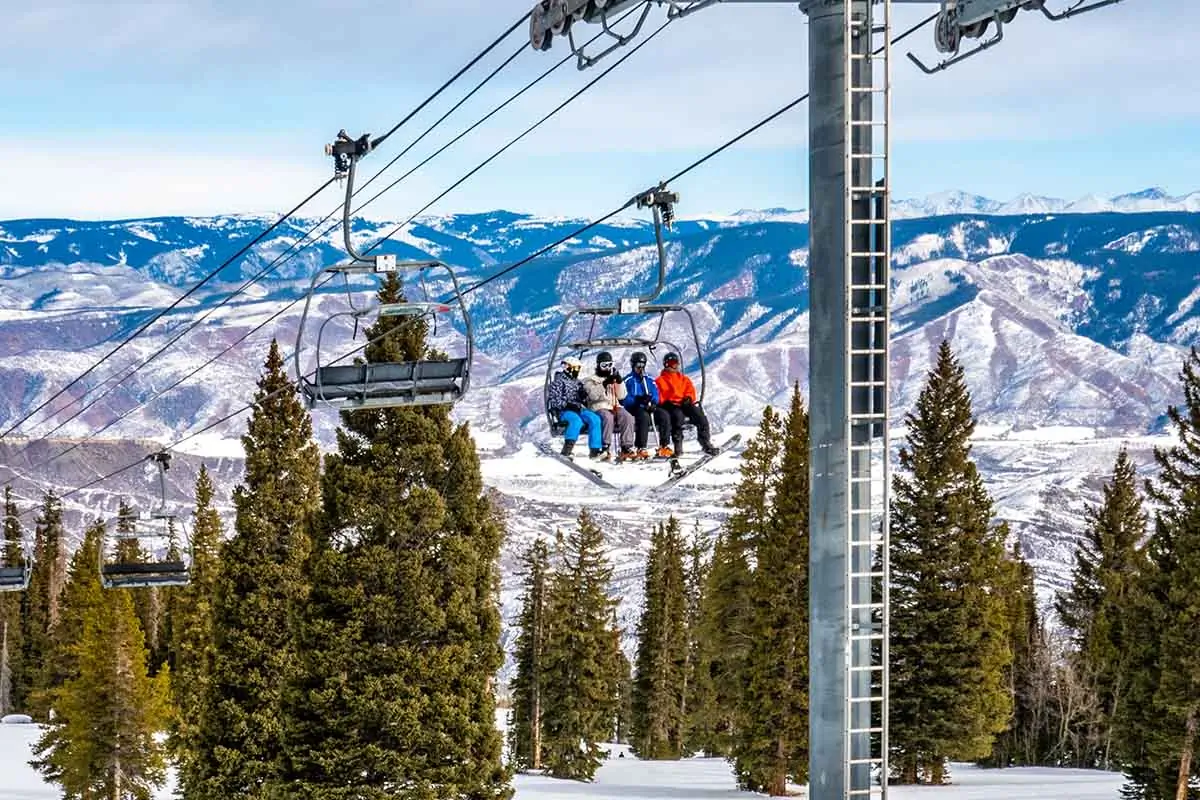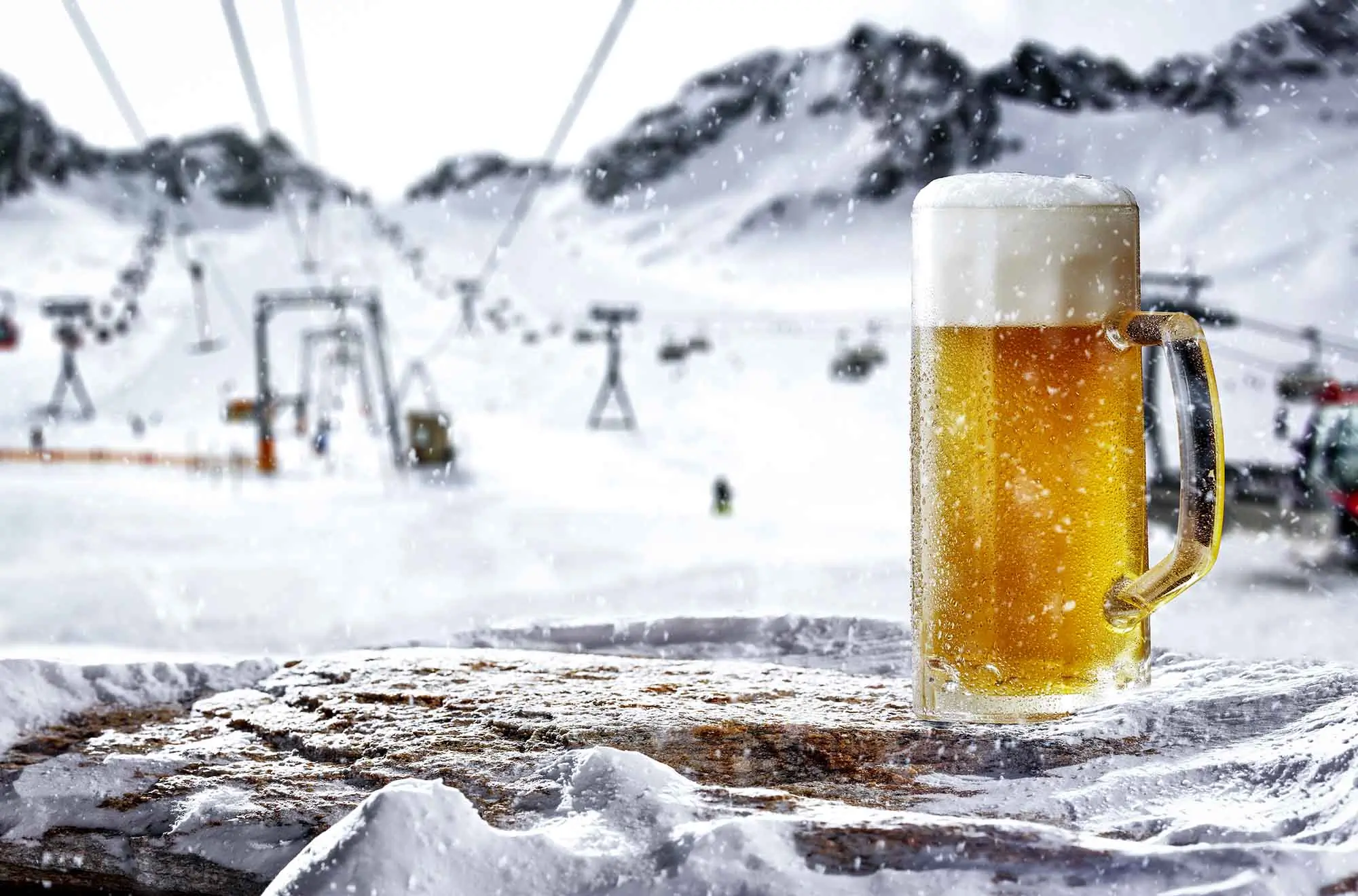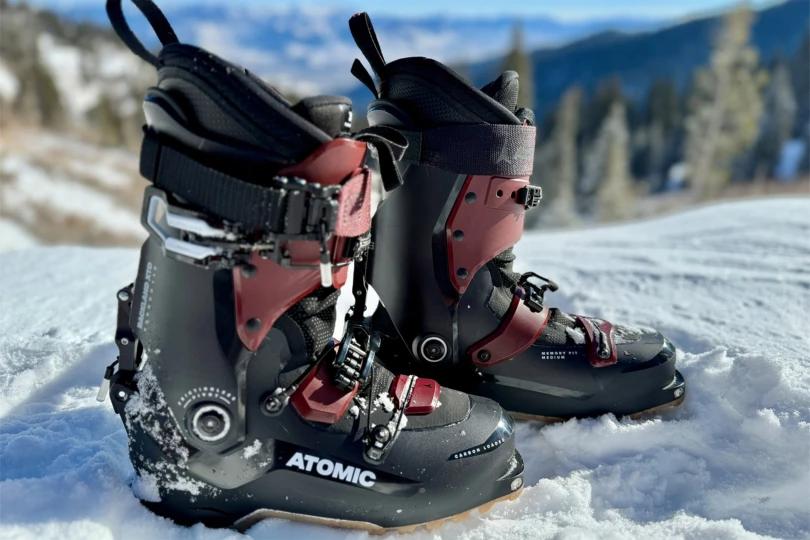Colorado now has legal weed and a wealth of breweries — but enjoying them on ski slopes this season might result in a hefty fine.
And that’s not the only thing to know before hitting up your favorite ski resort this year. A few months ago, the National Ski Areas Association (NSAA) updated its 60-year-old ski code with two new rules: “Do not use lifts or terrain when impaired by alcohol or drugs,” and “If you are involved in a collision or incident, share your contact information with each other and a ski area employee.”
Skiing while under the influence of drugs and alcohol has long been illegal in Colorado and other winter sports hot spots. In fact, there’s usually a big red “no alcohol on lift” sign posted near chairlifts at resorts. However, national and state officials may be cracking down on the practice. That’s likely a response to increased complaints about alcohol and drug use at Colorado’s resorts, OutThere Colorado reported.
As for the new NSAA rules, the agency isn’t a regulatory body but a trade association. So while skiers will see the guidelines — called Your Responsibility Code (YRC) — posted throughout resorts, there are no new disincentives. However, skiers or snowboarders who get caught breaking the rules about drugs and alcohol could face a fine of up to $1,000 in Colorado, according to the state’s Ski Safety Act. For hit-and-runs, the charges can be much worse.
“It made sense to align YRC with existing statutes and get this provision in front of skiers and riders, so we all know the rules of the game,” said Adrienne Saia Isaac, the NSAA’s communications director. “As recreational drugs become legalized or decriminalized in several states, it also made sense to let folks know that, despite those state rules on sales/possession, you still cannot be impaired by drugs and ride the lifts.”
Resorts Shrug Off New Rules on Alcohol
The new rules reflect many existing state statutes and national regulations that prohibit the use of alcohol and drugs while skiing. At the same time, it’s unlikely that resorts are going to stop selling alcohol — or change their policies in any way.
“We have not changed policies or procedures with the update to Your Responsibility Code,” said Tony Cammarata, the Operations Director at Arapahoe Basin. “We always reserve the right to restrict skiing and riding privileges if we believe that a guest is a potential danger to themselves or others on the chairlifts or trails.”
GearJunkie contacted several other resorts to inquire about the new rules, including Vail Resorts, Colorado Ski, Wolf Creek, and Lee Canyon. None of them responded to requests for comment.
However, NSAA’s spokesperson said both resorts and skiers need to take more responsibility for their behavior on the mountain, whether it’s sneaking in alcohol or transparency after a collision.
“Frankly, ski areas can only control what they can control, and in my experience working at resorts, employees in F&B [food and beverage] take their training and risk management roles seriously,” Isaac said. “But guests bring alcohol in their car or hide it in a backpack and drink outside of established resort outlets, so I hope to see more individuals also take responsibility for their alcohol intake. Responsibility extends from employees and ski areas to [individuals]. Everyone has a role to play in safety.”

Death Leads To Focus on Hit-and-Runs
The NSAA’s second rule addition — sharing contact information after a crash — became more relevant after a 29-year-old snowboarder collided with famed ski instructor Ron LeMaster in 2022. LeMaster died, and the snowboarder was later convicted on hit-and-run charges, SnowBrains reported.
But there’s one more reason for the new rules — record numbers of people on ski slopes. The U.S. saw 60.7 million skiing and snowboarding visits during the 2021-2022 season — a record level, the NSAA reported in September.
“Reckless skiing is really a challenge, and people watching their speed and being respectful of people on the mountain need to be front and center,” Dave Byrd, Director of Risk and Regulatory Affairs at the NSAA, told Summit Daily. “It continues to be the focus of ski patrol and mountain operations at the ski area, and it’s going to be a challenge and remain with us moving forward.”
Over at Arapahoe Basin, the resort’s spokesperson said they take the issue seriously.
“We have been helping guests involved in collisions by facilitating the exchange of information and making sure they can contact each other if things develop differently from what appeared at the scene,” Cammarata said.
More than likely, it will take a few more seasons for the new rules to “catch on” with all skiers and riders, NSAA’s Isaac said.
“It’s just one part of the compact of responsible skiing and riding – something we all share a role in when we’re out on the mountain,” she said.
Learn more about ski and snowboard safety on the NSAA website, or read the full Colorado Ski Safety Act.








